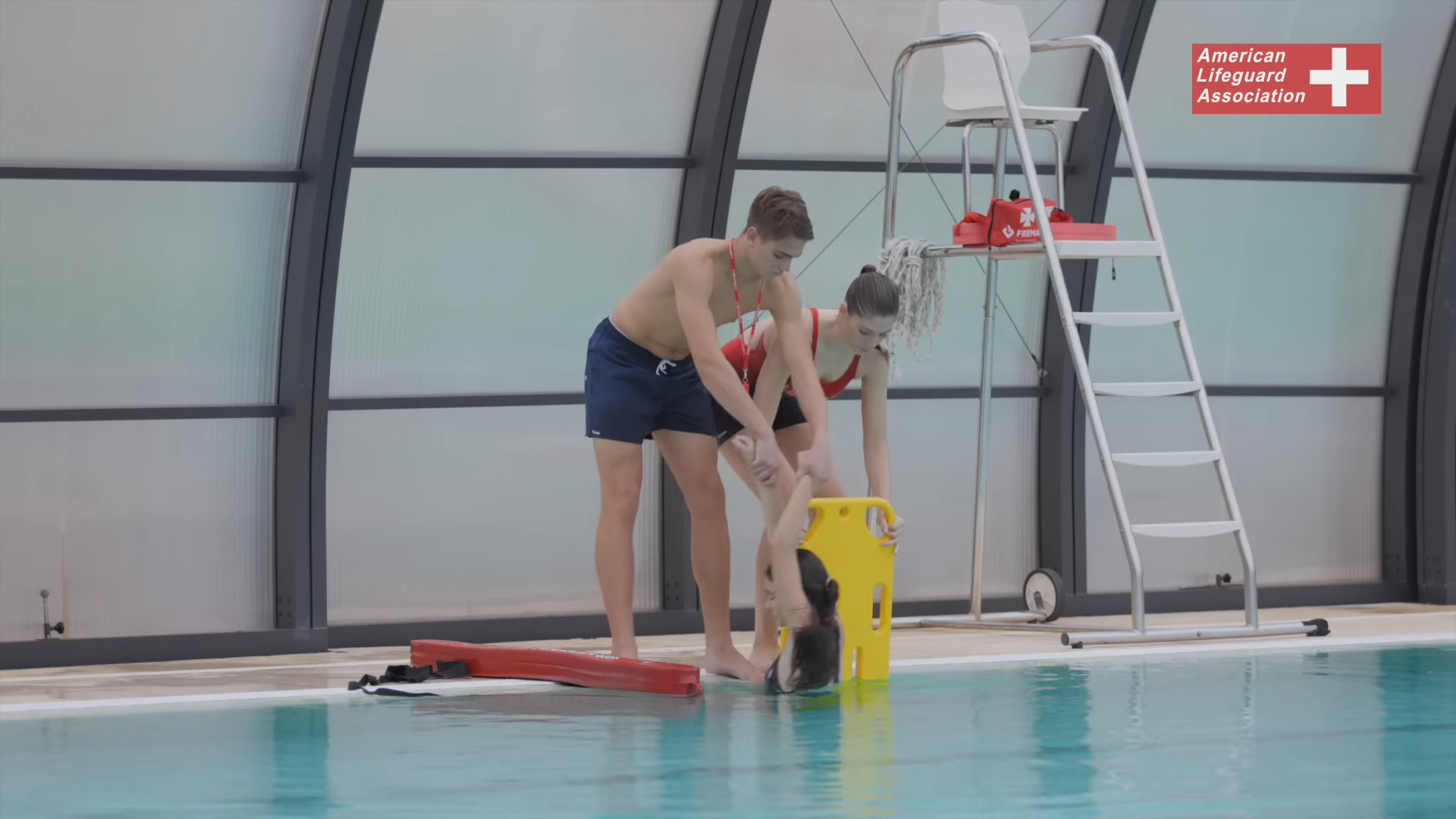Lifeguards Are More Than Tanned Teens: What to Know About Their Training

The image of a lifeguard often conjures up visions of sun-kissed teenagers running across the sand like a scene from Baywatch. But in reality, being a certified lifeguard demands physical endurance, intensive safety training, and split-second decision-making — all far removed from Hollywood portrayals.
Originally written by Amon C. Williams – published via phillyburbs.com
Lifeguarding Isn’t One-Size-Fits-All
There are two distinct types of lifeguards:
-
Beachfront Lifeguards
-
Pool or Lake Lifeguards
According to Swim Outlet, the primary distinction lies in rescue conditions. Pool and lake lifeguards operate in controlled environments with still water and visibility. Beach lifeguards face crashing waves, rip currents, changing tides, and vast shorelines, requiring team-based coordination and advanced rescue tactics.
Poolside Lifeguards: Precision and CPR Proficiency
Poolside lifeguards undergo American Red Cross or nationally accredited certifications that emphasize:
-
Swimming 300 yards using a variety of strokes
-
Passing the "brick test": a 20-yard swim followed by a 10-foot dive to retrieve a 10-lb weight
-
CPR/AED training and First Aid for aquatic environments
-
Vigilant scanning skills for tight spaces with high swimmer turnover
At American Lifeguard USA, we ensure our pool lifeguards are not only technically trained but also mentally equipped to remain focused during long surveillance periods, often while managing swimmer safety alone.
Beach Lifeguards: Elite Training for Harsh Conditions
Beach lifeguards must meet all poolside lifeguard standards, plus:
-
Swim 500 meters in under 10 minutes in open water
-
Train to handle neck, spinal, and traumatic injuries
-
Understand rip current dynamics, surf rescue techniques, and team-based recovery
-
Be prepared for multi-victim scenarios and longer response times
Many municipal beach programs now partner with agencies like American Lifeguard USA to customize waterfront-specific training aligned with national standards.
5 Core Elements of Lifeguard Certification (per American Red Cross)
To be fully certified, candidates typically complete training in the following areas:
-
Aquatic Attraction Lifeguarding (for water ≤3 ft deep)
-
Deep Water Lifeguarding (for depths >7 ft)
-
Shallow Water Lifeguarding
-
Waterfront Lifeguarding
-
Waterpark Lifeguarding
At American Lifeguard USA, we offer all five modules through our blended learning and in-person formats, ensuring flexibility for students and agencies alike.
Why Comprehensive Lifeguard Training Matters Now More Than Ever
-
Drowning remains a leading cause of unintentional injury death in youth under 15
-
Effective lifeguards respond within seconds, making training critical
-
Lifeguarding fosters discipline, leadership, and career growth in public safety
-
Diverse communities require culturally aware training and accessibility to certification
Final Thoughts from American Lifeguard USA
Modern lifeguards are highly trained safety professionals, not just summer workers in sunglasses. Whether guarding a small city pool or the Atlantic shoreline, lifeguards must be prepared to save lives, manage emergencies, and educate patrons.
Our mission at American Lifeguard USA is to raise the standard of lifeguard education across the nation by promoting equity, competency, and career development through accessible, accredited training.
Article By Avani james
Avani James is a public safety writer and community outreach contributor at American Lifeguard USA. His work highlights the real-world value of aquatic training programs and advocates for making lifesaving skills more accessible to youth, educators, and municipalities nationwide.
- Art
- Causes
- Crafts
- Dance
- Drinks
- Film
- Fitness
- Food
- Игры
- Gardening
- Health
- Главная
- Literature
- Music
- Networking
- Другое
- Party
- Religion
- Shopping
- Sports
- Theater
- Wellness
- Script
- App
